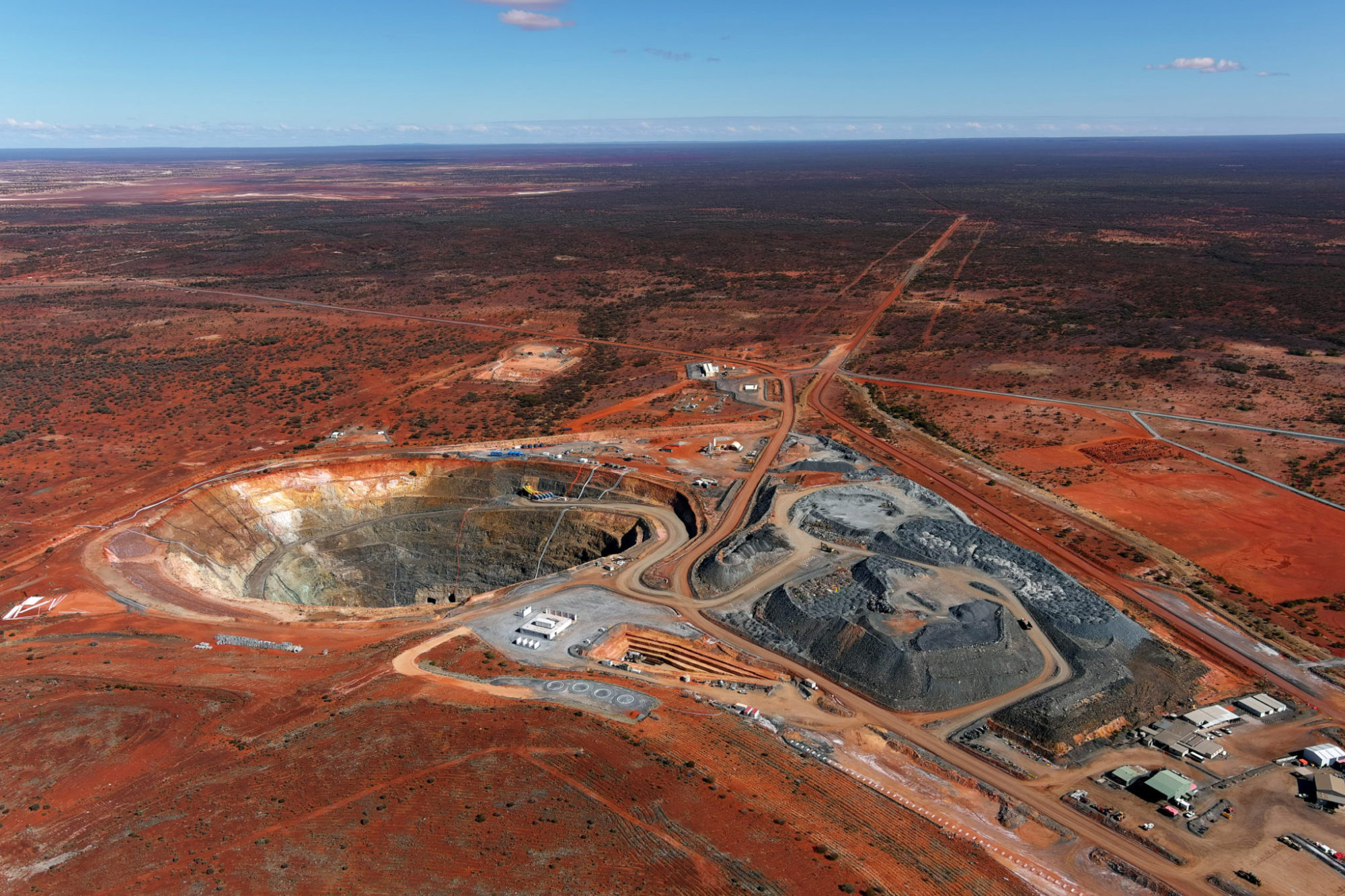Planned electrification of the Cosmos underground nickel mine in Western Australia had no bearing on owner IGO’s decision earlier this year to shelve redevelopment due to low metal prices and project cost escalation, The Electric Mine 2024 heard this week.
Acting COO of the diversified Australian miner, Chris Carr, said at the conference in Perth a study on the economic feasibility of switching from diesel equipment to battery-electric that ‘presented a compelling case to us’ for electrification highlighted current challenges and opportunities in the industry’s push to transition to new generation mobile equipment.
In parallel with the electrification study by mining contractor Perenti and engineering major ABB, IGO completed a project review that cut Cosmos’ expected mine life and pushed up capital and operating costs. Lower nickel prices have negatively impacted most Western Australian sulphide nickel mines.
IGO put Cosmos into care and maintenance at the start of 2024. “Electrification was not a factor in that decision,” Carr said at the The Electric Mine 2024, hosted by International Mining Events. “But electrification will be considered in any future Cosmos operation.”
A whitepaper summarising the study results was posted this week by IGO. ‘Making electrified underground mining a reality: Lessons from the Cosmos Electrification Study’ concluded replacing diesel underground mining vehicles with a battery-electric fleet was now technically feasible and will increasingly be a key technological enabler for mining companies to achieve their decarbonisation goals.”
Perenti and ABB said a combination of actual and projected battery-electric vehicle cost and performance data indicated BEV fleet available to the Australian market could match the productivity of mature diesel equipment.
They also found estimated costs to electrify Cosmos’ modest underground fleet was not prohibitive over the planned mine life, ‘even based on conservative productivity and cost assumptions.’ IGO wasn’t going to obtain full benefits from optimised ventilation and other infrastructure design due to sunk investment in the mine prior to its acquisition of the asset in 2022, Carr said.
The study identified gaps in available BEV operating and maintenance direct and indirect cost data due to the formative stage of equipment, battery, charging and support system development relative to entrenched diesel models.
It also highlighted significantly longer delivery times for battery-electric equipment than diesel models. “We hope this is not prioritising diesel units to make more money Carr said. “This is slowing adoption.” However, Carr said at the conference none of this would stop the march of EVs into traditional diesel territory.
The improving cost profile of EVs and the market pull created by industry decarbonisation goals were not the only drivers.”In five-to-10 years we’ll all be electric and be wondering what all the fuss was about. The cost differential of an all-electric mine presented a compelling case to us. We also believe the decision to electrify should include the safety case and the harder to quantify but nevertheless real benefits of the ESG case. The decision to electrify should be made on the combined basis of safety, ESG and economics. The economics is the hardest one right now. But safety ought to be enough on its own.”
Stricter standards for airborne diesel particulate matter (DPM) emissions in Australia and elsewhere would ‘push electrification a lot harder,’ Carr said.
MasterMined Innovation CEO, Tony Sprague, told The Electric Mine 2024 DPM, and specifically nano-DPM, was ‘the elephant in the room’ and the ‘real driver of getting diesel out of the underground mine and to achieve the electric mine.’ Sprague, the former Group Manager of Directional Studies and Innovation with gold major Newcrest, said modern underground mine equipment diesel particulate filters regenerated carcinogenic nano-DPM in underground work environments.
“It can’t easily be measured…but we do know it’s more easily absorbed into the human body, through the skin, through the lungs, and it’s recirculated through the body, through the blood, and it impacts the body on a cellular level. Really we’re flying blind when it comes to the hazard of DPM and nano-DPM. There is a new [emission] target that is coming from Safe Work Australia that is not far away. When it’s going to land we’re not too sure, but if it does land it’s going to be very problematic for the industry.”
This story was written by Richard Roberts of InvestMETS, one of The Electric Mine 2024 Supporting Partners











